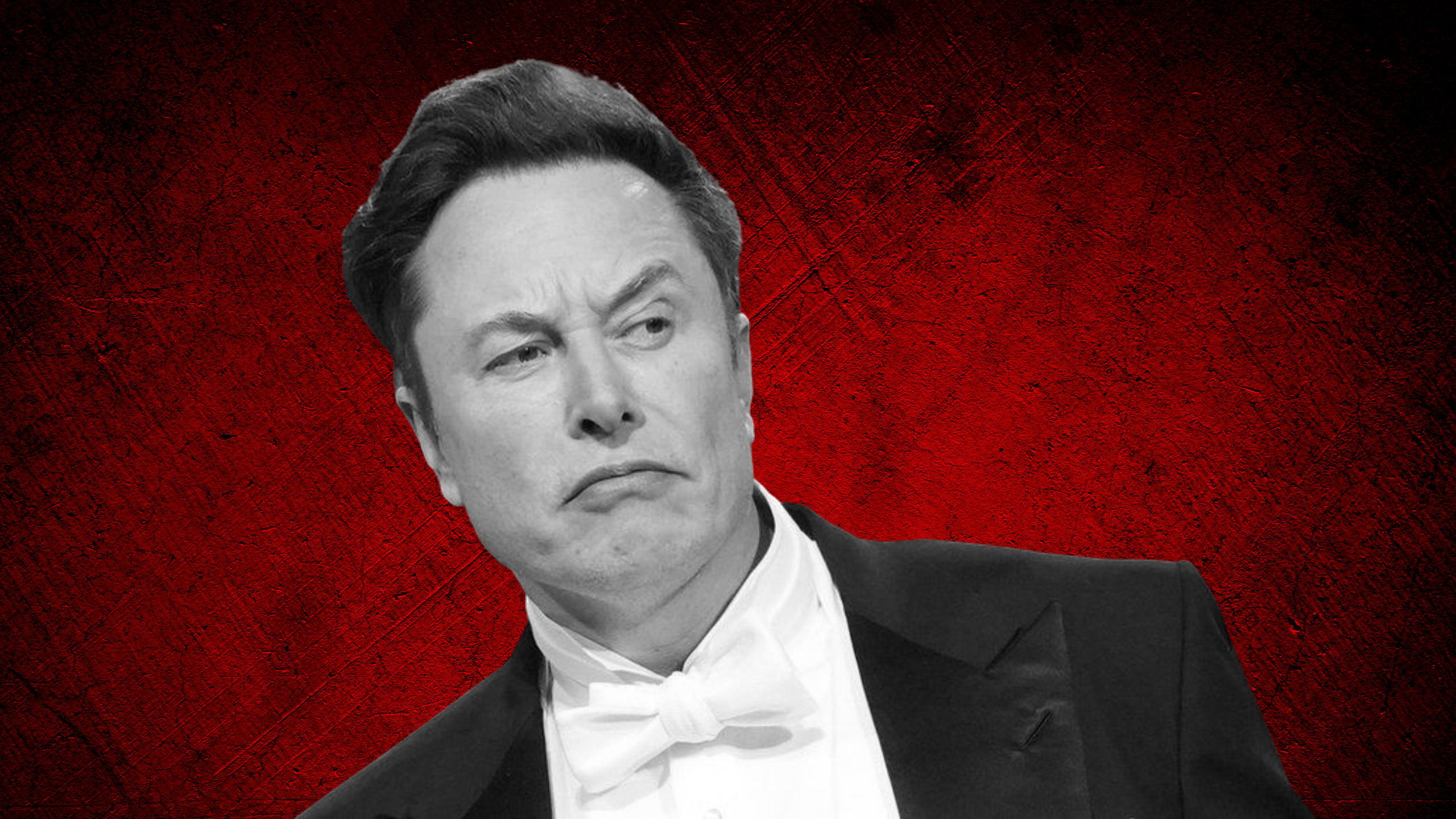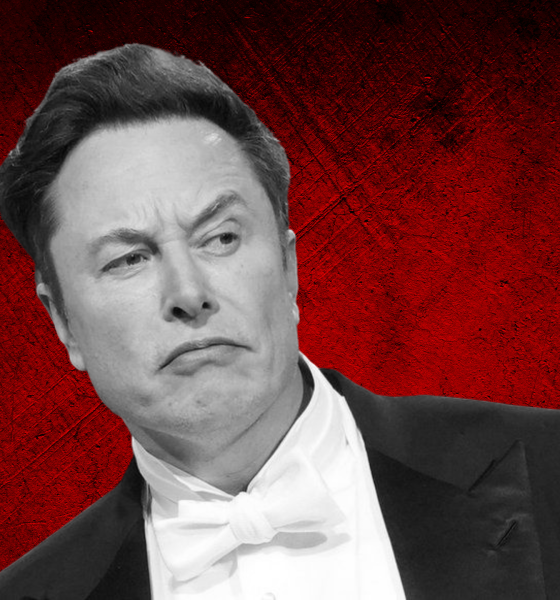Scammers are using doctored videos and images of Elon Musk to advertise on Facebook and Instagram. Meta, Facebook, nor Instagram are doing anything to stop these out-of-control scammers.
Hopefully, that will change. Probably not.
Busted!
Andrea Stroppa, former contributor to the World Economic Forum, and cyber security researcher focusing on digital communication, social media, and research, shared what he found. He also shared his thoughts with me.
In a Twitter thread, Andrea pointed out that both Facebook and Instagram have a major problem. Both social media networks allow hundreds of sponsored posts that link to scams.
These scammers are using the name and face of Elon Musk with fake interviews or fake endorsements.
“In the past three days, this page created 20 different ads on Facebook and Instagram with a video of Elon Musk that suggested investing in a crypto platform. It’s a scam,” Andrea tweeted.
Andrea found that these scammers also use verified Facebook pages to advertise on the Meta apps. These verified pages are most likely hacked.
Elon Musk, SpaceX, and Tesla are used in these scams.
The scammers don’t limit themselves to verified pages, but they also have recently created pages with fewer than ten thousand followers that are given the green light by Facebook to advertise.
Elon Musk isn’t the only one these scammers are using to advertise their scams. They also use the logos of both Tesla and SpaceX.
And they use the power of the Meta Business Suite to target specific users for countries, ages, sex, and other variables.
Analyzing Fraudulent Ads on Facebook And Instagram
Andrea said that his team analyzed the fraudulent ads on these platforms that were related to counterfeit products for a particular target audience.
What he found instead were these scams which, he added, are very likely the top of the iceberg. These scams have a common pattern.
In my opinion, Facebook doesn’t seem to care about stopping it. As long as they get their money, they seem to be just fine with the scams. If not, then they would put an end to the scams. Right?
Perhaps someone at Meta will read that and prove me wrong.
Austrian Office of Taipei hacked

Andrea’s team even found a government page involved with the scams. He shared a screenshot of the Austrian Office Taipei’s post claiming “Tesla’s latest project shocks the world and the bank is in shock.”
Fortunately, the Austrian Office of Taipei was able to recover their account and posted a statement about being hacked.
However, all of their content posted between August 2021 and May 2022 was deleted.
“We apologize for any inconvenience caused by the scammers. We have done all we can to make sure that nobody is able anymore to abuse our page.”
“As of today, we will return in the usual manner to inform you about our activities in Taiwan, inform you about Austria in all its aspects, such as culture, as a travel destination, its economy and businesses, science and innovation, sustainability and many other areas.”
“Thank you so much for your support. The Team of the Austrian Office Taipei.”
Elon Musk & Meta’s users are victims of negligence
Andrea called on Andrew Bosworth (Boz) the Chief Technology Officer at Meta and
Adam Mosseri, the Head of Instagram to be serious about the moderation of ads on these networks.
“Elon Musk and your users are both victims of scammers and your negligence. Fix it now.”
In a statement to Teslarati, Andrea Stroppa said,
“No doubt that Elon Musk is not just one of the best entrepreneurs of his generation but even a formidable capital allocator. That’s why many people want to listen to his bits of advice.”
“But all these ads appearing on Facebook and Instagram with potential investments are scams.”
“Looking at these malicious ads, there are many common patterns, keywords, and media content. Facebook has the technical skills to reduce the magnitude of these damaging activities. But they don’t.”

Elon Musk
Elon Musk’s X will start using a Tesla-like software update strategy
The initiative seems designed to accelerate updates to the social media platform, while maintaining maximum transparency.

Elon Musk’s social media platform X will adopt a Tesla-esque approach to software updates for its algorithm.
The initiative seems designed to accelerate updates to the social media platform, while maintaining maximum transparency.
X’s updates to its updates
As per Musk in a post on X, the social media company will be making a new algorithm to determine what organic and advertising posts are recommended to users. These updates would then be repeated every four weeks.
“We will make the new 𝕏 algorithm, including all code used to determine what organic and advertising posts are recommended to users, open source in 7 days. This will be repeated every 4 weeks, with comprehensive developer notes, to help you understand what changed,” Musk wrote in his post.
The initiative somewhat mirrors Tesla’s over-the-air update model, where vehicle software is regularly refined and pushed to users with detailed release notes. This should allow users to better understand the details of X’s every update and foster a healthy feedback loop for the social media platform.
xAI and X
X, formerly Twitter, has been acquired by Elon Musk’s artificial intelligence startup, xAI last year. Since then, xAI has seen a rapid rise in valuation. Following the company’s the company’s upsized $20 billion Series E funding round, estimates now suggest that xAI is worth tens about $230 to $235 billion. That’s several times larger than Tesla when Elon Musk received his controversial 2018 CEO Performance Award.
As per xAI, the Series E funding round attracted a diverse group of investors, including Valor Equity Partners, Stepstone Group, Fidelity Management & Research Company, Qatar Investment Authority, MGX, and Baron Capital Group, among others. Strategic partners NVIDIA and Cisco Investments also continued support for building the world’s largest GPU clusters.
News
Tesla FSD Supervised wins MotorTrend’s Best Driver Assistance Award
The decision marks a notable reversal for the publication from prior years, with judges citing major real-world improvements that pushed Tesla’s latest FSD software ahead of every competing ADAS system.

Tesla’s Full Self-Driving (Supervised) system has been named the best driver-assistance technology on the market, earning top honors at the 2026 MotorTrend Best Tech Awards.
The decision marks a notable reversal for the publication from prior years, with judges citing major real-world improvements that pushed Tesla’s latest FSD software ahead of every competing ADAS system. And it wasn’t even close.
MotorTrend reverses course
MotorTrend awarded Tesla FSD (Supervised) its 2026 Best Tech Driver Assistance title after extensive testing of the latest v14 software. The publication acknowledged that it had previously criticized earlier versions of FSD for erratic behavior and near-miss incidents, ultimately favoring rivals such as GM’s Super Cruise in earlier evaluations.
According to MotorTrend, the newest iteration of FSD resolved many of those shortcomings. Testers said v14 showed far smoother behavior in complex urban scenarios, including unprotected left turns, traffic circles, emergency vehicles, and dense city streets. While the system still requires constant driver supervision, judges concluded that no other advanced driver-assistance system currently matches its breadth of capability.
Unlike rival systems that rely on combinations of cameras, radar, lidar, and mapped highways, Tesla’s FSD operates using a camera-only approach and is capable of driving on city streets, rural roads, and freeways. MotorTrend stated that pure utility, the ability to handle nearly all road types, ultimately separated FSD from competitors like Ford BlueCruise, GM Super Cruise, and BMW’s Highway Assistant.
High cost and high capability
MotorTrend also addressed FSD’s pricing, which remains significantly higher than rival systems. Tesla currently charges $8,000 for a one-time purchase or $99 per month for a subscription, compared with far lower upfront and subscription costs from other automakers. The publication noted that the premium is justified given FSD’s unmatched scope and continuous software evolution.
Safety remained a central focus of the evaluation. While testers reported collision-free operation over thousands of miles, they noted ongoing concerns around FSD’s configurable driving modes, including options that allow aggressive driving and speeds beyond posted limits. MotorTrend emphasized that, like all Level 2 systems, FSD still depends on a fully attentive human driver at all times.
Despite those caveats, the publication concluded that Tesla’s rapid software progress fundamentally reshaped the competitive landscape. For drivers seeking the most capable hands-on driver-assistance system available today, MotorTrend concluded Tesla FSD (Supervised) now stands alone at the top.
News
Elon Musk’s Grokipedia surges to 5.6M articles, almost 79% of English Wikipedia
The explosive growth marks a major milestone for the AI-powered online encyclopedia, which was launched by Elon Musk’s xAI just months ago.

Elon Musk’s Grokipedia has grown to an impressive 5,615,201 articles as of today, closing in on 79% of the English Wikipedia’s current total of 7,119,376 articles.
The explosive growth marks a major milestone for the AI-powered online encyclopedia, which was launched by Elon Musk’s xAI just months ago. Needless to say, it would only be a matter of time before Grokipedia exceeds English Wikipedia in sheer volume.
Grokipedia’s rapid growth
xAI’s vision for Grokipedia emphasizes neutrality, while Grok’s reasoning capabilities allow for fast drafting and fact-checking. When Elon Musk announced the initiative in late September 2025, he noted that Grokipedia would be an improvement to Wikipedia because it would be designed to avoid bias.
At the time, Musk noted that Grokipedia “is a necessary step towards the xAI goal of understanding the Universe.”
Grokipedia was launched in late October, and while xAI was careful to list it only as Version 0.1 at the time, the online encyclopedia immediately earned praise. Wikipedia co-founder Larry Sanger highlighted the project’s innovative approach, noting how it leverages AI to fill knowledge gaps and enable rapid updates. Netizens also observed how Grokipedia tends to present articles in a more objective manner compared to Wikipedia, which is edited by humans.
Elon Musk’s ambitious plans
With 5,615,201 total articles, Grokipedia has now grown to almost 79% of English Wikipedia’s article base. This is incredibly quick, though Grokipedia remains text-only for now. xAI, for its part, has now updated the online encyclopedia’s iteration to v0.2.
Elon Musk has shared bold ideas for Grokipedia, including sending a record of the entire knowledge base to space as part of xAI’s mission to preserve and expand human understanding. At some point, Musk stated that Grokipedia will be renamed to Encyclopedia Galactica, and it will be sent to the cosmos.
“When Grokipedia is good enough (long way to go), we will change the name to Encyclopedia Galactica. It will be an open source distillation of all knowledge, including audio, images and video. Join xAI to help build the sci-fi version of the Library of Alexandria!” Musk wrote, adding in a later post that “Copies will be etched in stone and sent to the Moon, Mars and beyond. This time, it will not be lost.”










